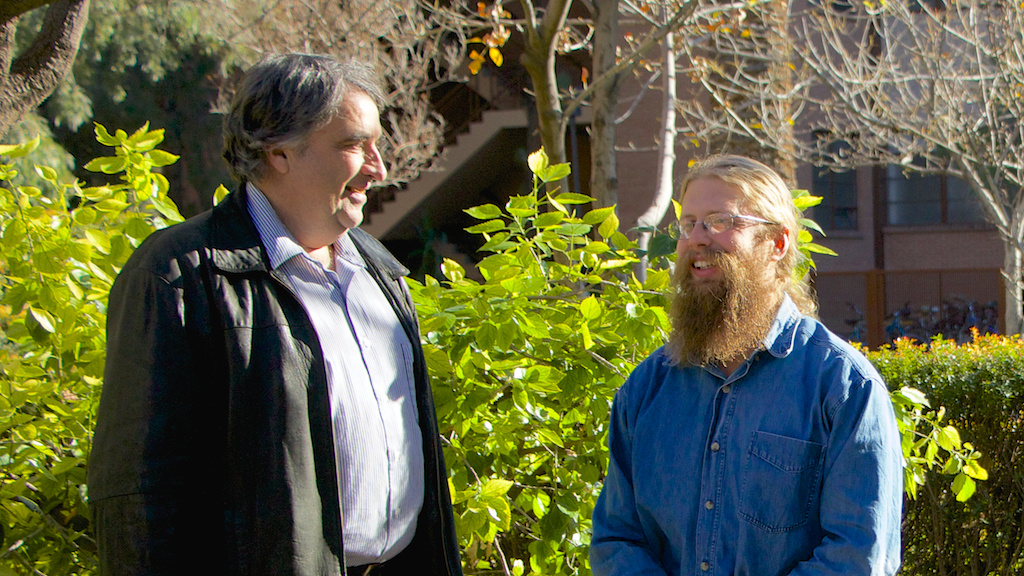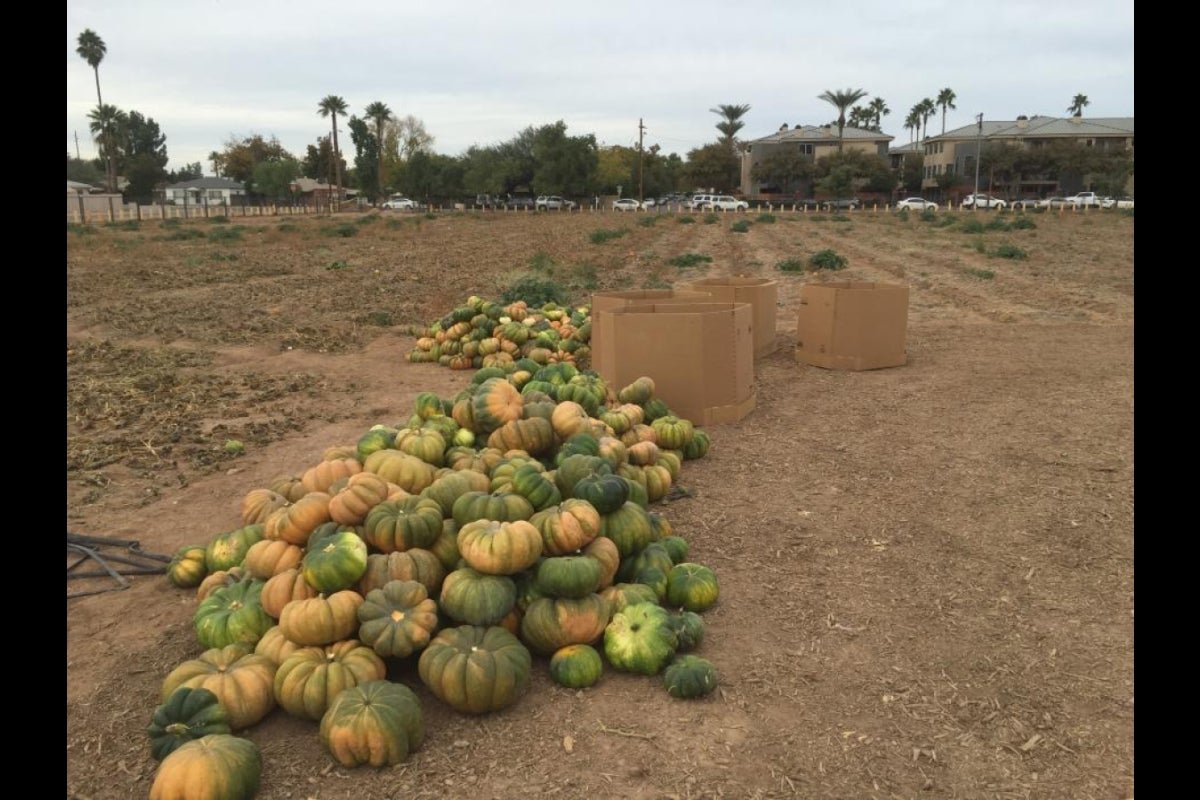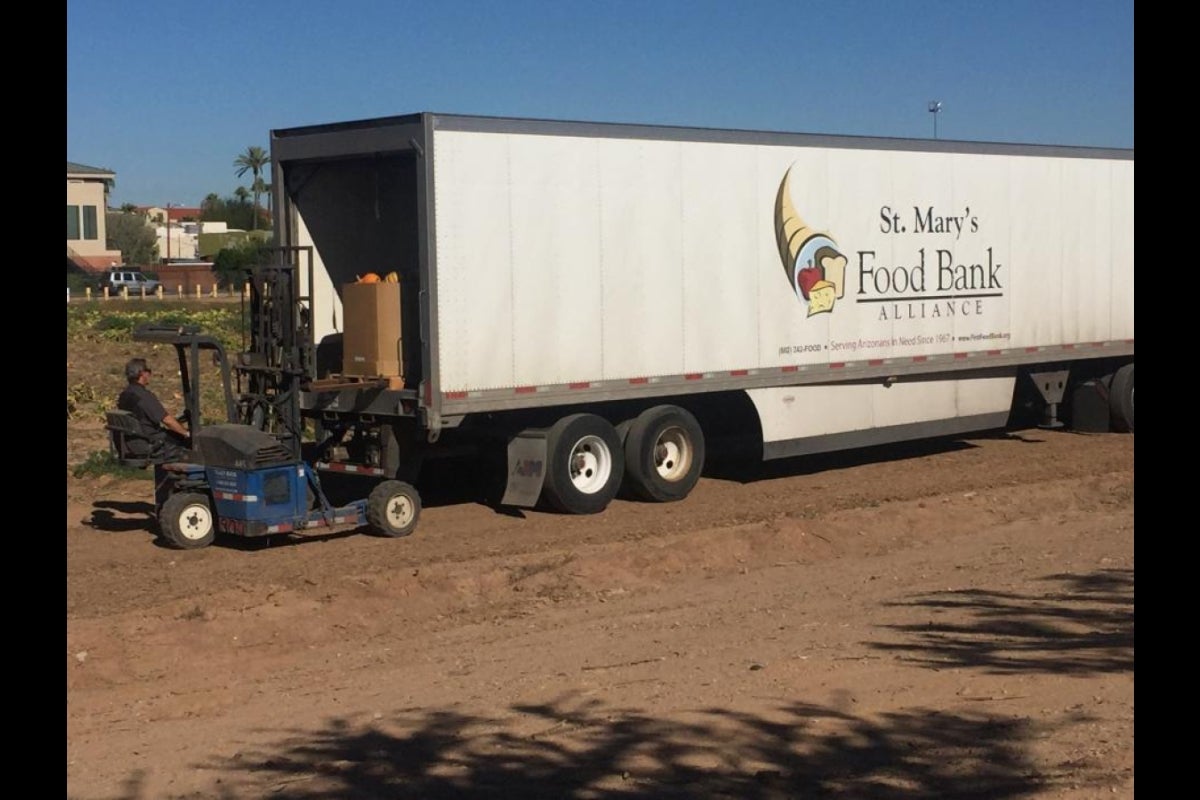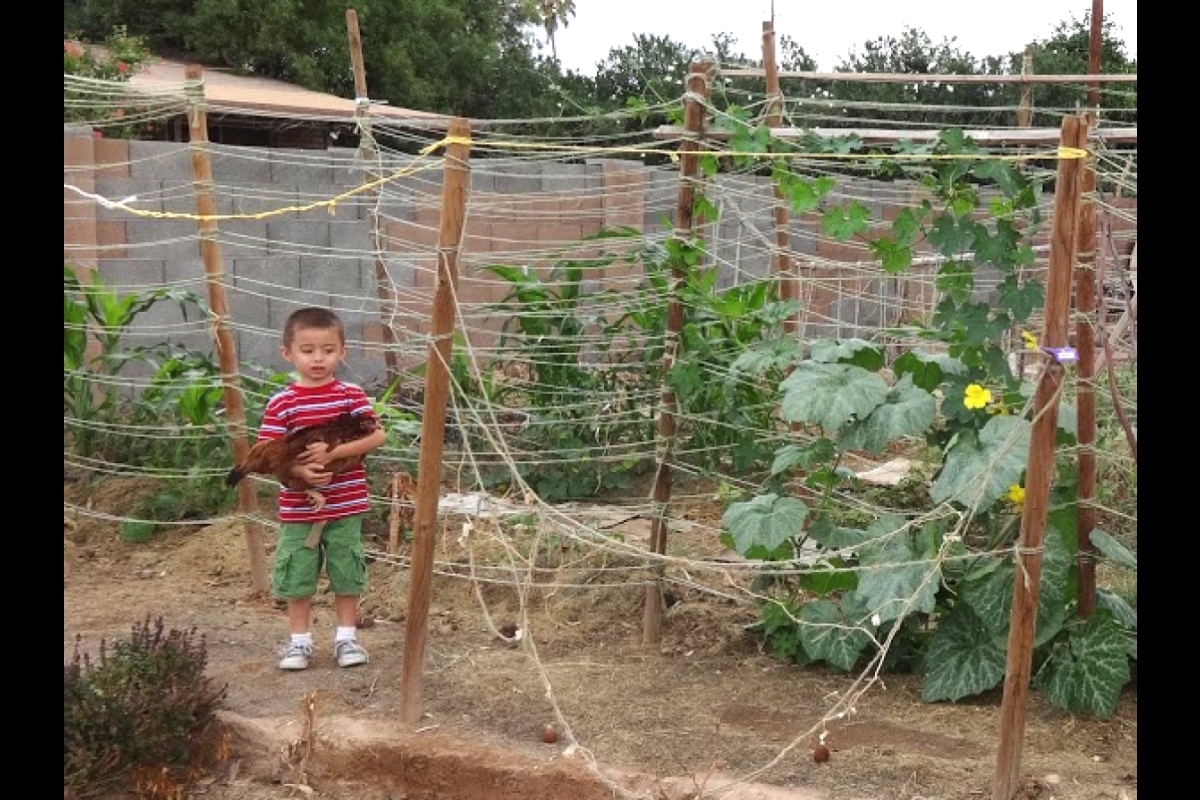What would happen if the vacant land around Phoenix were converted to urban farms? Could it bring sustainable, locally grown food closer to consumers?
Arizona State University is taking the lead on a collaborative national project to answer questions like these. Researchers in the university are developing a physics-based model utilizing weather and farming data to predict environmental, economic and socio-economic impacts of increased urban agriculture.
The community model will be public and accessible to everyone — scientists, researchers, farmers, city planners and policymakers.
Alex Mahalov, the Wilhoit Foundation Dean’s Distinguished Professor in ASU’s School of Mathematical and Statistical SciencesThe School of Mathematical and Statistical Sciences is an academic unit of ASU's College of Liberal Arts and Sciences., is the lead principal investigator of the national project.
“We want to collaborate with people in all different areas to find sustainable solutions," Mahalov said.
The interdisciplinary team from ASU, consisting of computational and climate scientists, mathematicians, statisticians, geoscientists and social scientists, will help predict the yields of crops and to study “what if” scenarios and optimize outcomes of future crops.
For example, the team will study what would happen if vacant lands around the Phoenix metropolitan area were converted to farms. The model will be able to take a future map of the city expansion and samplings based on current densities, and use that data to predict a future city scenario. Bringing food closer to consumers with less shipping means fresher, more nutritious food available at lower cost.
Alex Mahalov (left) and Stephen Shaffer discuss "what if" scenarios related to converting vacant lands around Phoenix into urban farms.
This is the first time ASU will be collaborating with the National Science Foundation (NSF), the U.S. Department of Agriculture (USDA) and the National Center for Atmospheric Research (NCAR) on the same national project, which involves three separate grants over five years.
Researchers plan to study four distinct geographic and climate zones: the Arizona Sun Corridor, Detroit, central California (Fresno and surrounding area) and central Florida. Local data specific to each area, such as topography, solar energy and water table, will be applied to the physics-based model.
This model is being developed for the United States, but it can be applied to other areas to help determine how best to feed the growing global population — expected to grow to 9 billion by 2050, with more than 50 percent of the populace contained within cities.
Stephen Shaffer, postdoctoral scholar in the School of Mathematical and Statistical Sciences, received an additional grant for computational resources from the National Center for Atmospheric Research’s Computational and Information Systems Laboratory, sponsored by the NSF.
He’ll start by looking at select winter and summer periods, comparing high-resolution observations represented at a coarser resolution, and moving on to multi-season simulations.
To crunch all the big data, Mahalov’s group will be the first at ASU to be connected to the new fast Internet 2, which will link researchers with the Computational and Information Systems Laboratory at NCAR. The initial simulations require many hours of parallel processing and will generate upwards of 80 terabytes of data.
Shaffer’s idea is to improve the atmospheric models, which currently run best at one kilometer or three kilometers of horizontal resolution.
“How do you take data you’ve observed at one meter and represent it efficiently at one kilometer? It’s these spatial aggregations that I’m writing algorithms for,” he said.
Currently land is only identified in one by one-kilometer sections as a building or vegetation. An entire city, like Phoenix, would look like it is made up of only three kinds of land. Mahalov and Shaffer came up with different methods of how the end result can be more detailed.
“Modeling is a lot like cooking because you need very good ingredients. One ingredient is data. If you have better ingredients — better data and faster computing — you get more accurate representations,” Mahalov said.
This high-precision agriculture offers a lot of information at a very local level. Every point on an individual community garden or urban farm offers data on things like the water table, slope of the land and sun exposure. Shaffer said that can help farmers make decisions on what to grow and when, and when to buy water credits.
“On a larger scale, if we were to convert all the current vacant integrated lands in Phoenix into crops, would we be able to irrigate them for the next 80 years, or would they just last for two or three years and we’d run out of water? We can start looking at these kinds of scenarios,” said Shaffer, adding that the model they’re developing is public and open to anyone’s ideas.
In addition to the linked agricultural and urban simulations, the researchers are partnering with experts in geography and social sciences who are interested in the social and economic aspects.
“We don’t specify how crops are going to be set up. We’re going to put some amount of vegetation and some amount of water or irrigation in the model, but how it’s implemented in reality could be community gardens, for example,” Shaffer said. “This drives social aspects, with neighbors speaking to each other about how to grow crops or how to deal with pests. I have a garden in my backyard, and my neighbors come over and learn about it.”
In addition to producing food, backyard and community gardens provide other benefits, such as small-scale jobs and economic activity for people who might not have sufficient resources. And there are other positives.
“Put a chicken coop in your yard and see what happens in the neighborhood. Everyone gets interested,” Shaffer said with a chuckle. “We haven’t put chickens in the model yet.”
“Having a garden to grow some food might make you happier. Happiness cannot be underestimated,” Mahalov said.
“And turning compost is very stress-relieving,” Shaffer said.
What excites the researchers about this joint national project is not just working with USDA and NSF to create a set of modeling tools that can be used to study future development scenarios, but also the multiscale nature of it.
“It’s different than climate change, where you have global scale forcing to the finer scale. This is fine scale forcing the larger scale — your own backyard, but many people acting in similar ways,” Shaffer said.
Mahalov agrees: “It is very important that we outreach to the public. If we all do smart and sustainable things collectively, we can have a big impact.”
The co-principal investigators on the project are Billie Turner II, distinguished sustainability scientist in the Julie Ann Wrigley Global Institute of Sustainability and Gilbert F. White Professor of Environment and Society in the School of Geographical Sciences and Urban Planning; Mohamed Moustaoui, senior sustainability scientist in the Julie Ann Wrigley Global Institute of Sustainability and associate professor in the School of Mathematical and Statistical Sciences; Matei Georgescu, senior sustainability scientist in the Julie Ann Wrigley Global Institute of Sustainability and assistant professor in the School of Geographical Sciences and Urban Planning; and Carola Grebitus, senior sustainability scientist in the Julie Ann Wrigley Global Institute of Sustainability and assistant professor of Food Industry Management at the Morrison School of Agribusiness in the W. P. Carey School of Business.
More Science and technology
Large-scale study reveals true impact of ASU VR lab on science education
Students at Arizona State University love the Dreamscape Learn virtual reality biology experiences, and the intense engagement it creates is leading to higher grades and more persistence for biology…

ASU-led space telescope is ready to fly
The Star Planet Activity Research CubeSat, or SPARCS, a small space telescope that will monitor the flares and sunspot activity of low-mass stars, has now passed its pre-shipment review by NASA.…

ASU at the heart of the state's revitalized microelectronics industry
A stronger local economy, more reliable technology, and a future where our computers and devices do the impossible: that’s the transformation ASU is driving through its microelectronics research…








